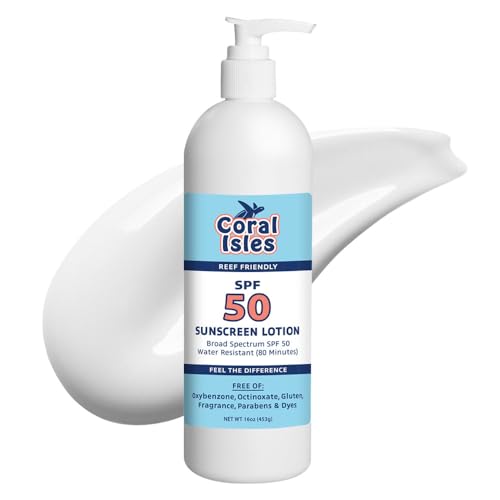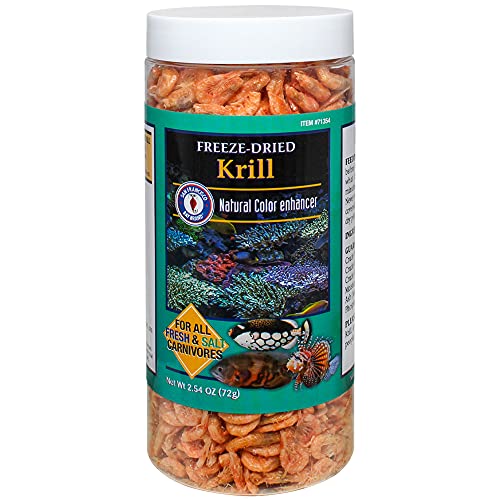was using crushed coral sand i had laying around for the calcium reactor and thinking that was the cause of phosphate started adding the genx crushed coral media for replacing.
Crushed coral/crushed coral media which are pretty much the same have a couple of inherent problems. One is that their is usally a large percentage of shells in them, shells are from critters, critters use P to bind Ca in order toform the shells, you melt them.... you get P and Ca.
the second is that with the formation of sand (as in when it is created) it reaches the point of super saturation with...P. Natural process that is in a calcium sands formed underwater. Sooooo that media you are using is duel purpose, its dosing P and Ca at the same time, might be good to find another media type.
i noticed the cyno would like to stay on the sandbed, and my sandsifting stars would not go to those places. so broke out the gadet and started to vacuum the sandbed. 1st day got hella red cyno. next day came back so vacuumed some more. next day a little less, next a little less. kept on changing the water every few days, but the cyno and hair algae stuck around.
Hard to believe..

.. Ok the cyano is doing ecaxtly what it is supposed to in conjunction with your DSB. You DSB (again made up of sand. refer above to sand properties) is designed to sink nutrients process and convert them and then to facilitate the removal of P, N, A through vegitation. Soooo if you have cyano forming its working!!!
Ok simplier version.. Waste from what ever enter the DSB, through bacterial processes portions of it are converted to forms of nitrogen. Also at the same time it sink Phosphates until such time that it becomes saturated. The DSB system then allows these products (P and N forms ) to leach at which point various forms of Vegitation absorb it (ie hair algae, cyano, caalurpas and so on) then you harvest them and thus the P and N's are exported. Cyano is actually the best form of absorbtion (something like 500 times more then calurpas).
If the DSB method is not to your likeing you can help it along by syphoning the top 1/2 inch or so, this will allow you to take a bit of the load off the DSB and thus try to keep it below the harvesting stage.
On the calcium reactor/kalk issue another option is to run the calcium reactor during the day and the kalk at night.
Mike




































































